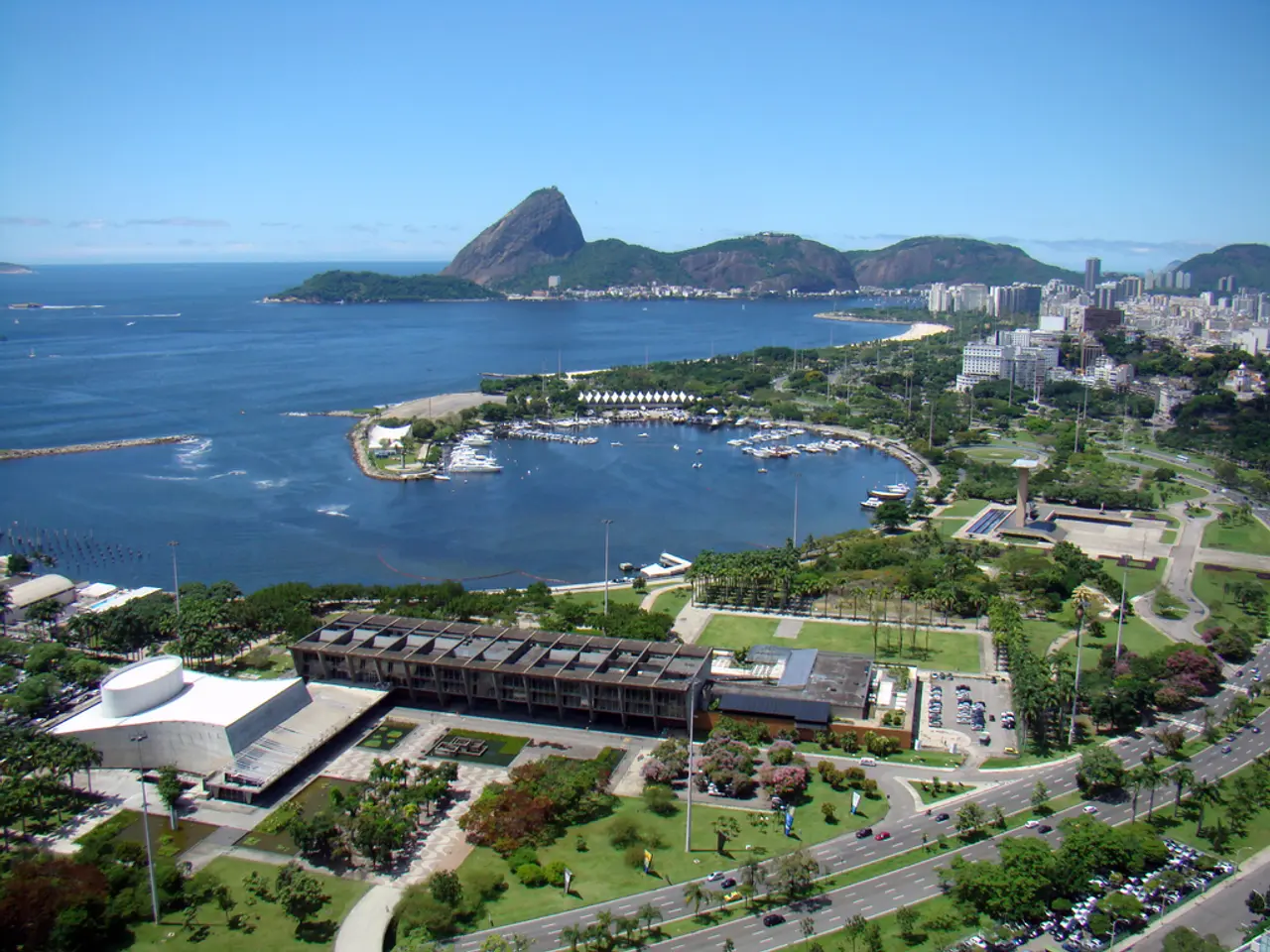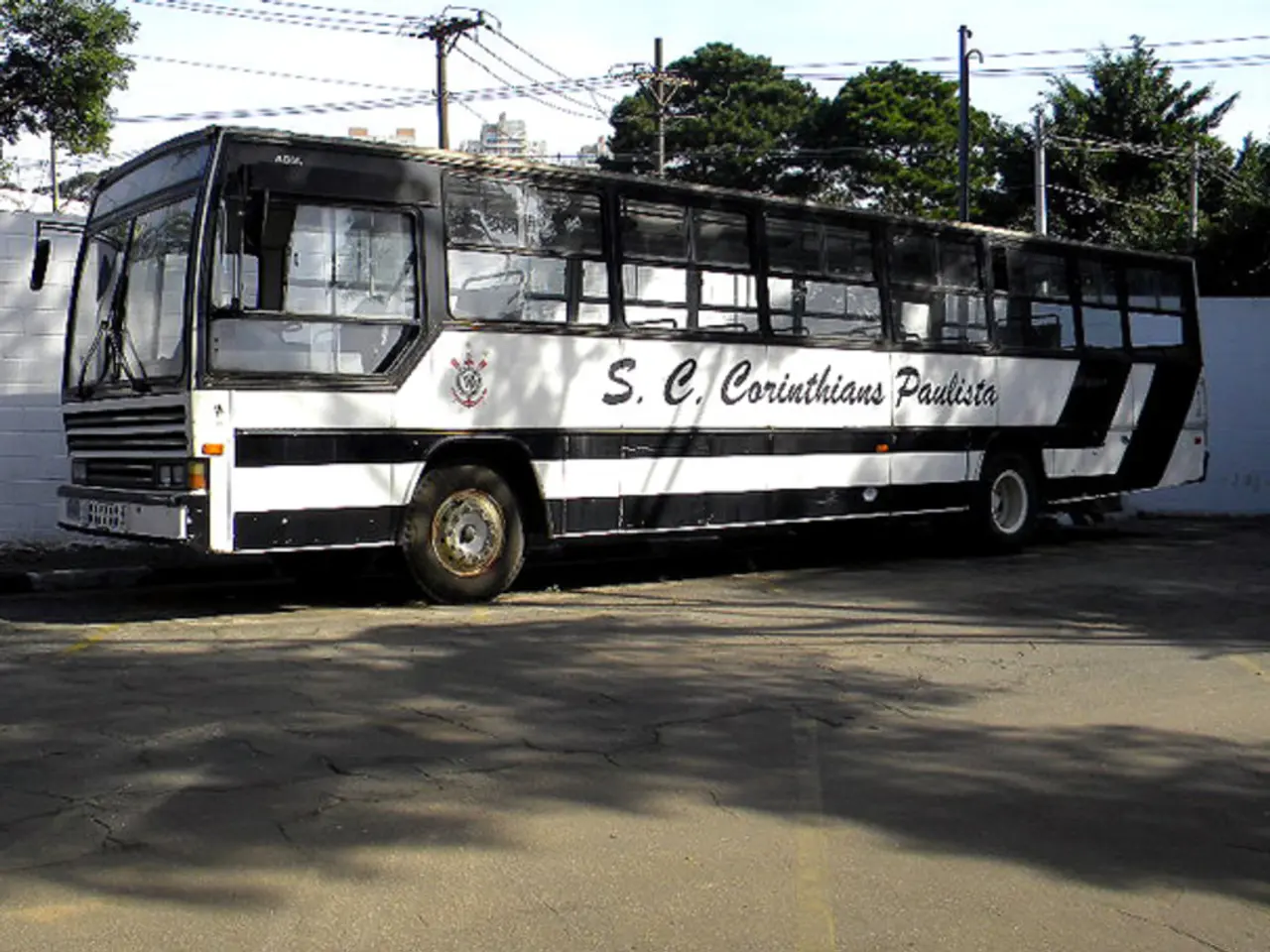Exploring the Entire Cosmos: Vera C. Rubin Observatory's Universe Scan
The Vera C. Rubin Observatory, a groundbreaking astronomical facility located in Chile, has officially begun its 10-year mission to create a time-lapse record of half the universe. The observatory, which is expected to generate more data than all other optical telescopes on Earth combined in its first year, is the primary instrument for the Legacy Survey of Space and Time (LSST).
The LSST's primary goals include understanding the nature of dark matter and dark energy, mapping the Milky Way, creating an inventory of the Solar System, and exploring the transient optical sky. The survey aims to provide a detailed, four-dimensional film of the evolving processes in the universe, capturing changes in celestial objects and phenomena across time.
The observatory's powerful telescope, with an 8.4-meter primary mirror and a 3.5-meter secondary mirror, is equipped with a camera boasting a resolution of 3,200 megapixels and a field of view 45 times larger than a full moon. This cutting-edge technology allows the observatory to detect and track asteroids, comets, pulsating stars, supernova explosions, and far-off galaxies, potentially uncovering new and unseen cosmic phenomena.
In its initial testing phase, the Rubin telescope discovered 46 pulsating stars, and the first images from the observatory, released on June 23rd, 2025, revealed 2104 new asteroids in the Solar System, including 2015 asteroids in the main asteroid belt, 7 near-Earth objects, 11 Jupiter Trojans, 9 trans-Neptunian objects, and an interstellar visitor, 3I/ATLAS.
3I/ATLAS, the third ever detected interstellar object to visit our Solar System, seems to be a comet, with size estimates ranging from a little below a kilometer to 11 kilometers. The object's trajectory and speed suggest it could come from the galactic core and be more than 7 billion years old, older than the entire solar system.
The Rubin Science Platform will be accessible to all scientists in the USA and Chile, as well as members of Rubin's contribution program, after two years. After this period, anyone in the world will be able to access Rubin data via the Internet. The observatory, which involves more than 30 countries and has 130 full-time employees, is expected to detect up to 100,000 pulsating stars extending out to more than a million light-years away over the next 10 years.
Vera Rubin, an American astronomer whose work provided evidence for the existence of unseen "dark" matter in the Universe, was the inspiration for the observatory named in her honour. The Vera C. Rubin Observatory is set to revolutionise our understanding of the cosmos, generating an unprecedentedly rich and profound view of the southern sky, revealing faint and distant cosmic objects and subtle changes in the universe on a large scale.
[1] Tyson, Neil deGrasse. "Cosmos: Possible Worlds." W. W. Norton & Company, 2019. [2] Schindler, S. et al. "The Legacy Survey of Space and Time: Overview." The Astronomical Journal, vol. 156, no. 3, 2018, p. 51. [3] Gould, A. et al. "The Legacy Survey of Space and Time: A 10-Year Survey to Unveil the Accelerating Universe." The Astrophysical Journal, vol. 869, no. 2, 2019, p. L33. [4] Rubin, V. C. "The Observational Evidence for the Existence of Dark Matter." Annual Review of Astronomy and Astrophysics, vol. 18, 1980, pp. 175-208.
- The Legacy Survey of Space and Time (LSST) is a key part of the Vera C. Rubin Observatory's mission, with goals including the exploration of environmental-science phenomena like the nature of dark matter and dark energy.
- Through advanced technology such as the Rubin Observatory's powerful telescope, scientists expect to discover numerous cosmic objects, like space-and-astronomy phenomena such as far-off galaxies, asteroids, and even interstellar visitors, during the observatory's decade-long mission.




